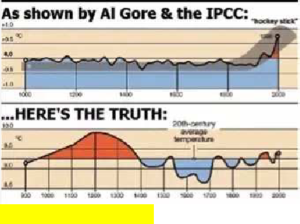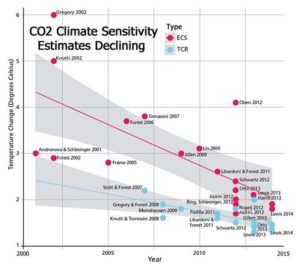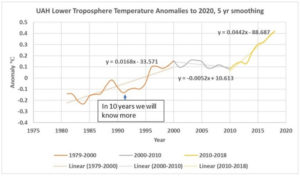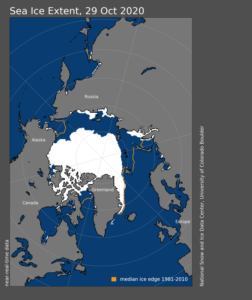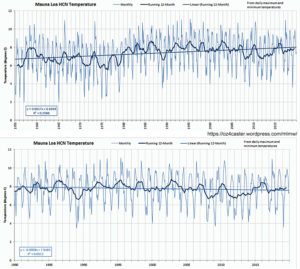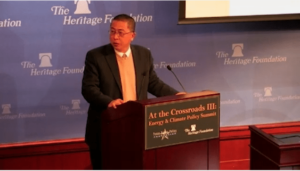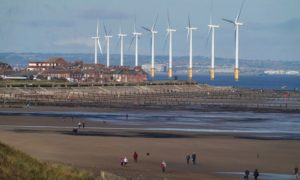by Ed Walbroehl, Nov 27, 2020 in ClimateChangeDispatch
Take your pick. The Mainstream Media (MSM) are using all three to stifle debate on climate change just like the current presidential election. What has happened to the American news media in this country?
I can remember a time when the MSM would do a story and would give you both sides of the issue and let the viewer decide what to think.
It’s amazing to see a business so willing to undermine its own credibility to push a certain narrative thinking everybody is stupid and will buy whatever they say.
In the case of the climate change issue, they even went as far as announcing no more so-called climate skeptics would be invited on their shows to give other opinions as is the case with NBC’s Meet the Press for example.
So much for a fair and balanced debate. Oh! I forgot. According to them, the science is settled. By who? That phrase the science is settled is the first clue that tells you a scientist is probably not a real scientist.
Real scientists know that new methods, learning, tools, ideas, and experiments will come about that will change our current knowledge and understanding of many scientific issues.
The MSM are even willing to lose viewers by lying to them. Look how foolish they looked when all this Russian collusion with the president turned out. Many viewers left after they found out they were being lied to.
Look what’s happening now as people start checking the facts on their own about climate change. They’re seeing that they are being lied to once again.
It’s probably why in many polls, the American people rank climate change near the bottom of what worries us, and why trust in the media is so low.
…

